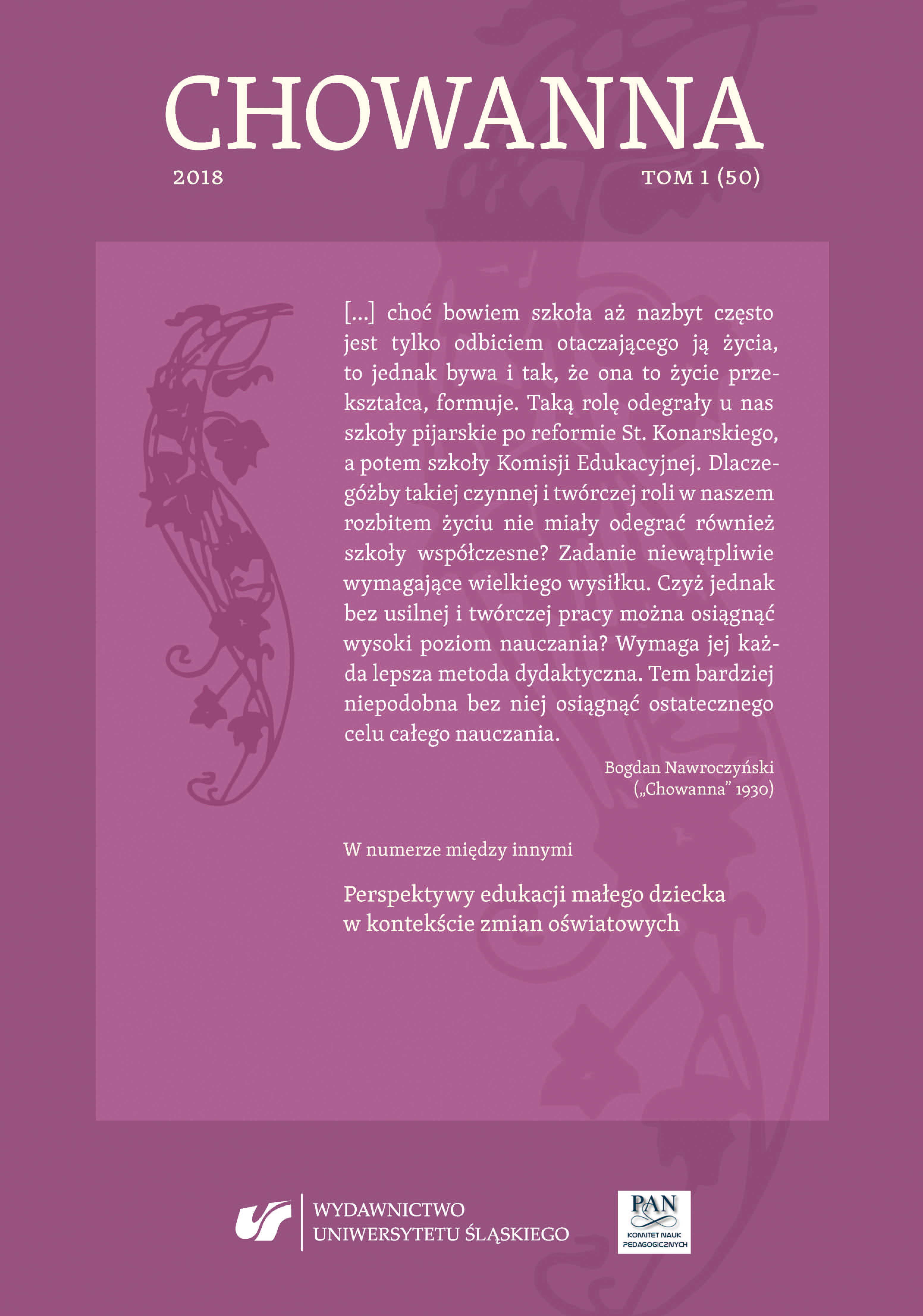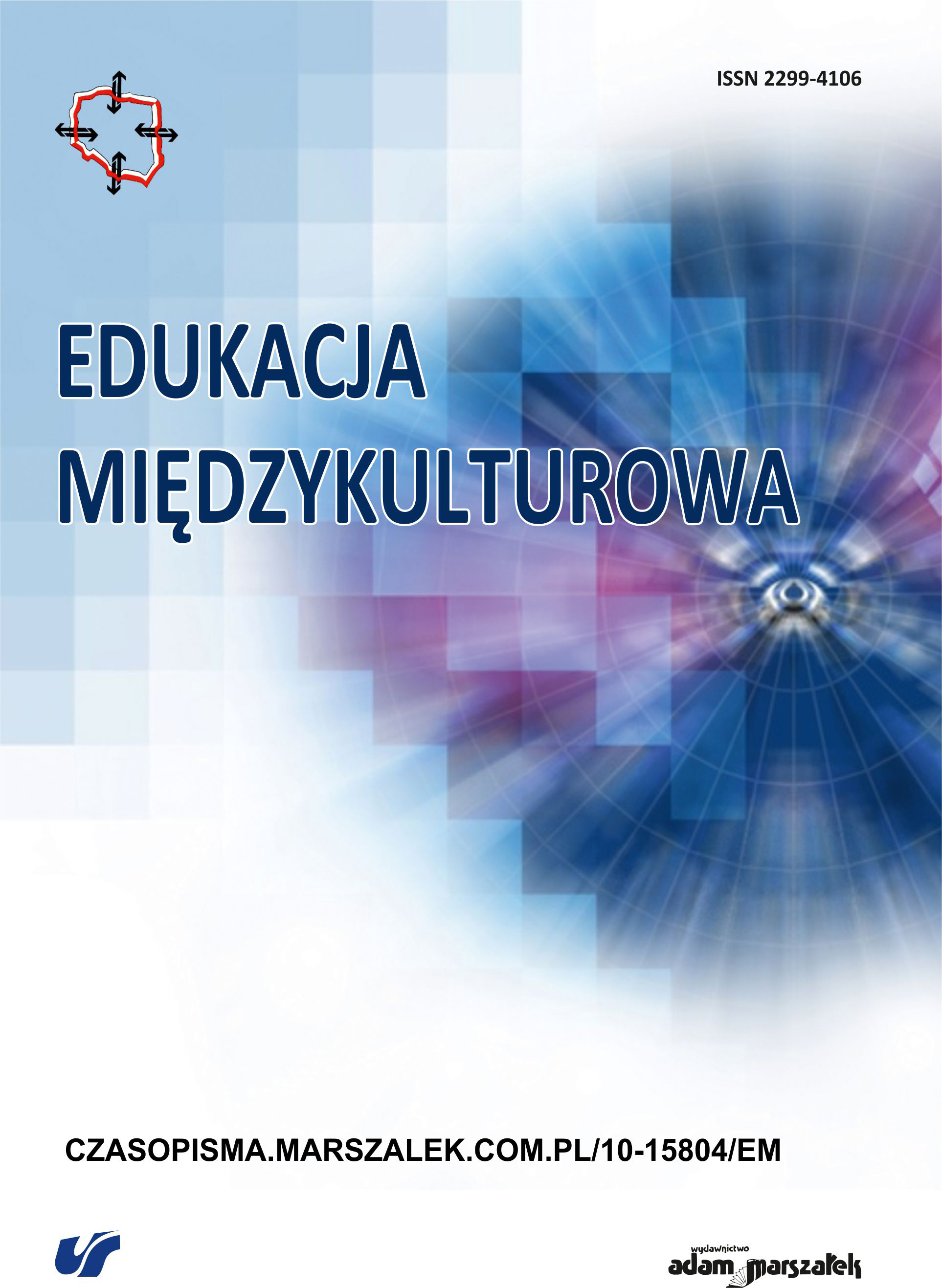BWPL 2008/2 CONTENTS
BWPL 2008/2 CONTENTS
Keywords: BWPL 2008/2 CONTENTS
BWPL 2008/2 CONTENTS
More...Keywords: BWPL 2008/2 CONTENTS
BWPL 2008/2 CONTENTS
More...Keywords: BWPL no.2/2011 Contents
BWPL no.2/2011 Contents
More...Keywords: BWPL 2007 / 1 Contents
BWPL 2007 / 1 Contents
More...Keywords: pronominal clitics; agreement markers; Romanian
In the present article we present a range of properties which rank Romanian very high in the agreement continuum argued for by Franco (2000). This would entitle us to maintain that Romanian pronominal clitics are very advanced in the process of acquiring the status of verbal inflection. Thus the clitic could be considered an agreement marker which checks the uniterpretable features of the [T+v+V] head. (the clitic spells out a D feature and also φ-features of the T head, which is thus [Cl(D, φ ) + T]T0).
More...Keywords: null pronouns; overt pronouns; salience; continuity; coherence
This paper examines the difference in interpretation between null and overt third person singular pronouns in subject position in Romanian from a centering perspective (Grosz and Sidner 1986, Grosz et al. 1995). We argue that the null pronoun is preferred over the overt one when it co-refers with the center of the previous sentence.
More...Keywords: BWPL 2008/1 CONTENTS
BWPL 2008/1 CONTENTS
More...Keywords: BWPL 2010 no.1 CONTENTS
BWPL 2010 no.1 CONTENTS
More...Keywords: null pronouns; overt pronouns; binding; covaluation; accessibility
The current paper aims at investigating the interpretive differences between null and overt pronominal subjects in Romanian in intra-sentential environments. In order to do this, we make use of Reinhart’s (1983, 1997, 1999, 2000) pronoun resolution strategies, namely semantic variable binding and pragmatic covaluation. More specifically, we hypothesize that null pronominal subjects are interpreted via binding, whereas overt forms get the covaluation interpretation. We argue that the availability of a bound variable reading for null pronouns and that of a covaluation interpretation for overt elements also follows from accessibility theory proposed in Ariel (1990, 1991, 1994). The conclusion shows that the overt pronoun can also act as a variable bound by an operator, but this possibility is blocked by accessibility predictions. Our analysis is supported by a corpus of Romanian examples that take into account different types of antecedents.
More...Keywords: Differential Object Marking; D-linking; covert partitivity
Romanian differentially marked object DPs and object DPs carrying the accusative morphological marker -(y)i in Turkish pattern alike in that they acquire a specific (D-linked / covert partitive) meaning. The semantic contribution of specificity as D-linking is to link the denotation of the (specific) DP in question to previously established referents. The referent of the specific DP is thus a subset of (or stands in some recoverable relation to) a familiar object. The anaphoric interpretation seems to find a justification if one considers that the doubled / dislocated DP moves out of VP and into SpecVP (the VP phase edge), which is a position where, according to Lopez (2009) pragmatic rules apply. The feature [+a] is assigned to SpecvP, triggering the anaphoric interpretation of DOM-ed DPs. The doubled / dislocated DP does move out of the VP, as pointed out by the existence of inverse binding effects (Cornilescu 2006). Lastly, we formalize the semantic contribution of differentially marked DPs with the aid of DRT. The underlying idea of this formalization was that the denotation of the direct object DP is related to the denotation of the clitic pronoun by means of a subset-set relation.
More...Keywords: BWPL 2/2012 Contents
BWPL 2/2012 Contents
More...
Keywords: a two-year-old child; media; smartphone; mobile phone; education
The article presents the results of a study conducted by the author in 2017 on the development of the “touch screen generation” based on the example of a mother’s description of a two-year-old child’s activity. The qualitative study shows that in family upbringing, a smartphone is the most widely used medium by the two-year-old child. Although very appealing and attractive to the child, this medium is not excessively used in the child’s play. In addition, the results of the research show that the smartphone may perform an educational function in the upbringing of a two-year-old child and that it is a medium the use of which quickly becomes a habit for a child.
More...
Keywords: electronic media; care; upbringing
Parents are active users of electronic media. The problem emerges when they do so at the expense of the time spent with the child. They not only give their children smartphones or tablets to play with, but also are happy and praise the children when they perform certain actions properly on the device. When deciding to provide their children with electronic media, the parents should control the time of use as well as all the actions performed on and with such devices. Nevertheless, problems arising from the use of these media by children should not be the basis for a ban to use them, as they can effectively support, for example, the cognitive and social development of children. The study contains results of observations of adult guardians who use mobile devices during childcare on the playground.
More...
Keywords: aural skills; aural perception; preschool children
The aim of the paper is to present preschool children’s aural skills. The skills’ scope and difficulty in a certain range of a child’s aural perception gives a reader the knowledge about a child’s ability to learn in particular parts of his or her life. The development of aural perception is the foundation for preschool children to learn how to speak and prepare to read and write; it also provides the right emotional development. Well-developed aural perception makes it possible for a child to fully participate in social life. The article presents a part of broader research, conducted by the author among preschool children.
More...
Keywords: social competences; sense of social competences; pupil at early school age
The article discusses the issue of social competences from the perspective of a student at early school age. In this case, the author made use of a questionnaire to gauge and determine the level of the sense of social competences of students. The author used a percentage perspective of each of the questions, which allowed for a general look onto the level of the sense of social competences in the surveyed group of third-graders and which helped determine the frequency of selecting particular answers. Finally, the gathered data was thoroughly analysed on account of the number of points scored after summing up each student’s points.
More...
Keywords: music education; child; education transformation; music making
An article examines early childhood music education viewed through the lens of the transformation the pedagogical field is currently undergoing. Our approach addresses both positive and negative aspects of the observed changes, as well as their potential future outcomes. The investigation principally explores children in preschool and primary grade stages, and the role of the childhood education professional both in providing music instruction and in utilising music as a tool for facilitating other aspects of education. The chief objective of early childhood music education, however, remains aimed at fostering the child’s joy in music making.
More...
Keywords: teacher; early school education; survey research
This article endeavours to answer the question of how early school education pupils perceive teachers. The choice of such a young research group is by no means random, as children who start their studies enter a new environment for themselves, make new relationships, and find a new role model in the teacher. The theoretical part of the text deals with the issues relating to the teacher, including his or her personality, the functions he or she performs, as well as the social perception of the children in the younger school age and the questions of authority, including its definition and division. The practical part is an analysis of the survey results based on the survey technique and conducted in grades 1–3 of primary schools in the town and commune of Czerwionka-Leszczyny in the school year 2016/2017.
More...
Keywords: book review; Ewa Ogrodzka-Mazur; Alina Szczurek-Boruta; Barbara Grabowska; Anna Szafrańska;
The importance of research commitment and reliable scientific reflection on pedagogy, its subdisciplines and multiand intercultural education. A reviewing article of the volume edited by Ewa Ogrodzka-Mazur, Alina Szczurek-Boruta, Barbara Grabowska, Anna Szafrańska: About the identity, condition and duties of pedagogy – tradition and modernity. Commemorative book dedicated to Professor Tadeusz Lewowicki on the occasion of his 80th birthday
More...
Keywords: Romanian literature
This article discusses Alina Nelega’s novel „A cloud in the shape of a camel“ as a contemporary interpretation of Shakespeare's play „Hamlet“. Nelega’s novel is a psychological novel built on the foundation of a classic intrigue (dead/murdered father, mother having an affair with another man, and confused/insane son). The novel’s plot allows the author to develop her imagery rich in sensory details, and to tell her version of a basic human theme from the perspective of a mother desperate to find a way to get her son back.
More...